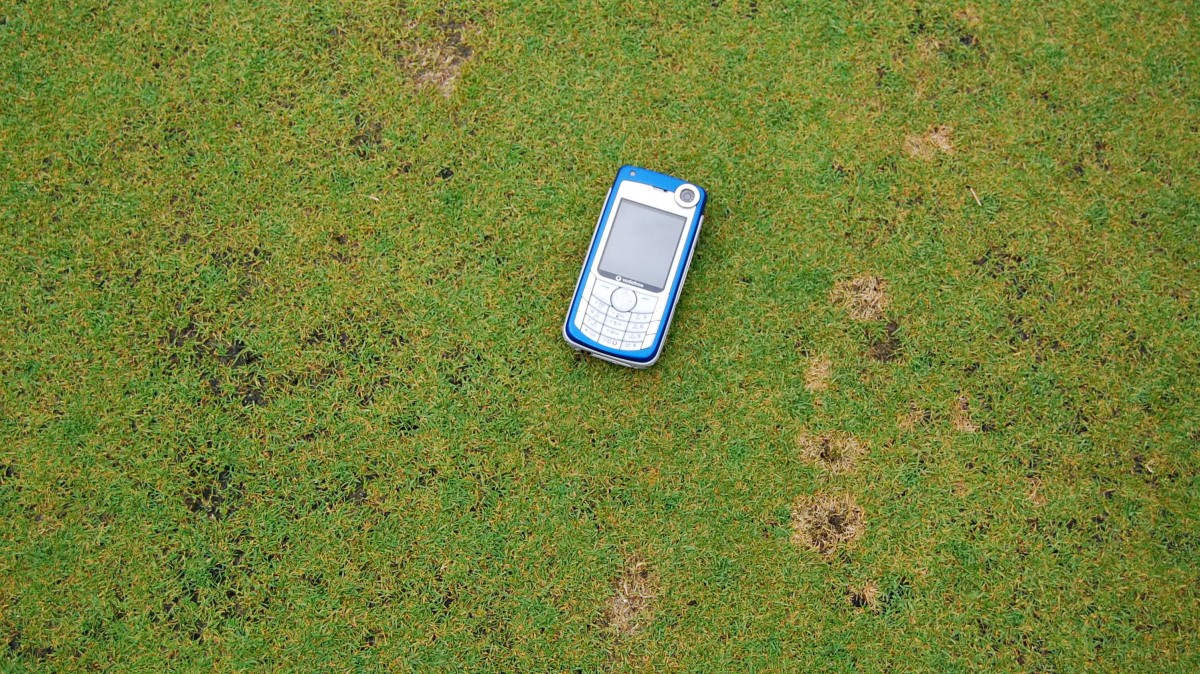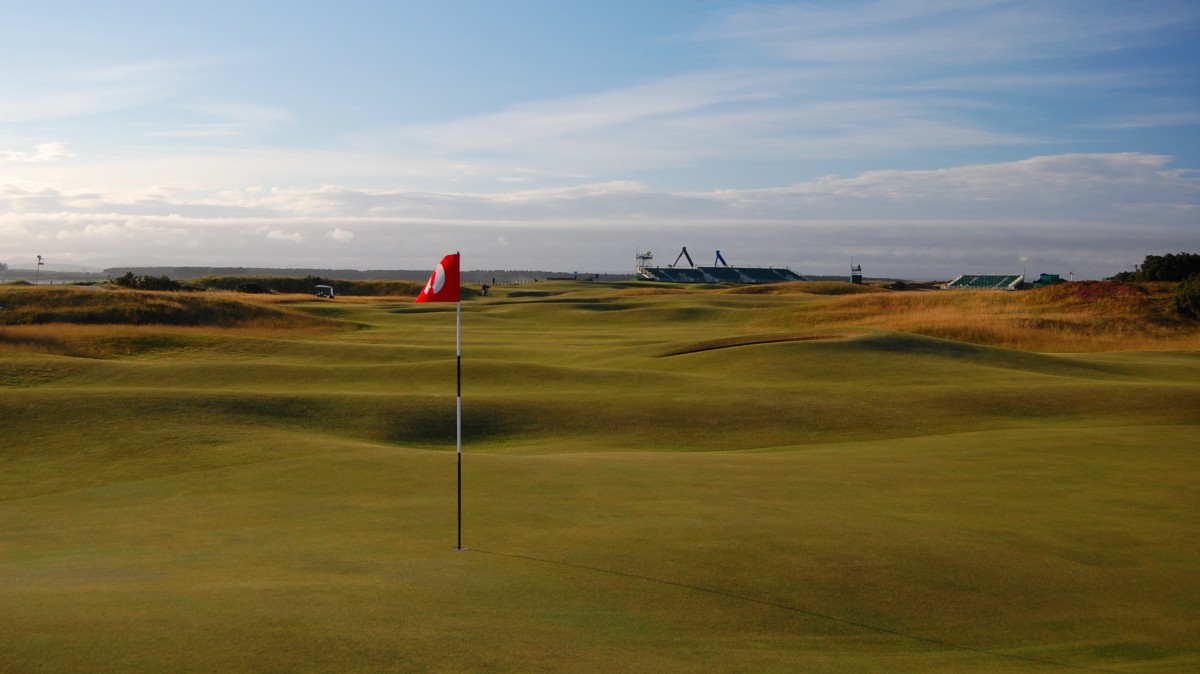Every turfgrass manager knows that it is dangerous to grow the grass too slow. Something like this might happen.
 This bentgrass putting green in central Japan was growing too slow and shows problems with dollar spot, algae, slow recovery of pitchmarks, and senescing leaves.
This bentgrass putting green in central Japan was growing too slow and shows problems with dollar spot, algae, slow recovery of pitchmarks, and senescing leaves.
It is easy to tell when the grass grows too slow. It dies, or will be on the way to dying.
Because grass dies when it grows too slow, professional turfgrass managers naturally keep the grass growing at a rate faster than that too slow rate.
But the best playing surfaces (for golf, at least) are on swards that are growing as slow as possible. That is, they are growing just enough to avoid the problems of growth that is too slow, but they are growing no more than that.

Measuring the clipping volume on putting greens is an easy way to safely get as close to the optimum growth rate as possible. And when one knows the clipping volume, it’s easy to do this safely, with no risk of the growth being too slow.